Imagine stumbling upon a time capsule, perfectly preserved, that offers a window into a world over 5,000 years old. This is exactly what happened when hikers discovered Ötzi the Iceman in the Alps. His body, miraculously intact, has become a fascinating subject of study, providing an unprecedented glimpse into the lives of our Bronze Age ancestors. But what secrets does Ötzi hold, and how does he continue to shape our understanding of ancient times?
Ötzi’s Astonishing Discovery
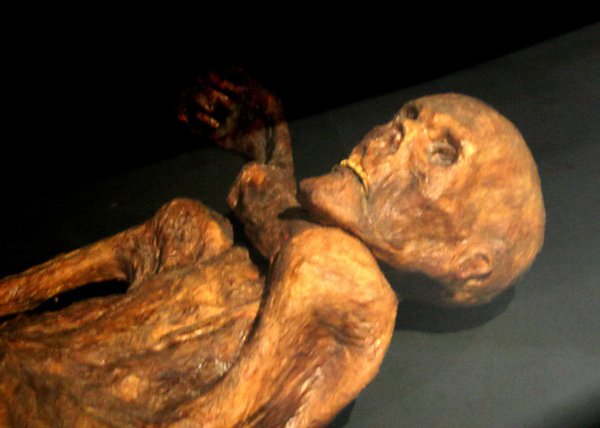
In 1991, two hikers in the Ötztal Alps made a discovery that would captivate the world. They stumbled upon a mummified body, partially frozen and exposed by the melting ice. This remarkable find turned out to be Ötzi, named after the region where he was found. Scientists quickly realized the significance of this discovery, as it offered a rare opportunity to study an ancient human in extraordinary detail. The preservation of Ötzi’s body and belongings has provided invaluable insights into the Bronze Age, a period shrouded in mystery and intrigue.
The Remarkable Preservation of Ötzi

Ötzi’s preservation is nothing short of miraculous. Encased in ice for over five millennia, his body remained largely intact, offering a unique snapshot of ancient life. This natural mummification process protected his skin, organs, and even his last meal, allowing researchers to conduct comprehensive studies. The cold, dry conditions of the Alps acted as a time capsule, preserving Ötzi’s physical characteristics and belongings in remarkable detail. This has enabled scientists to piece together a vivid picture of his life and the world he inhabited.
Unraveling the Mystery of Ötzi’s Death
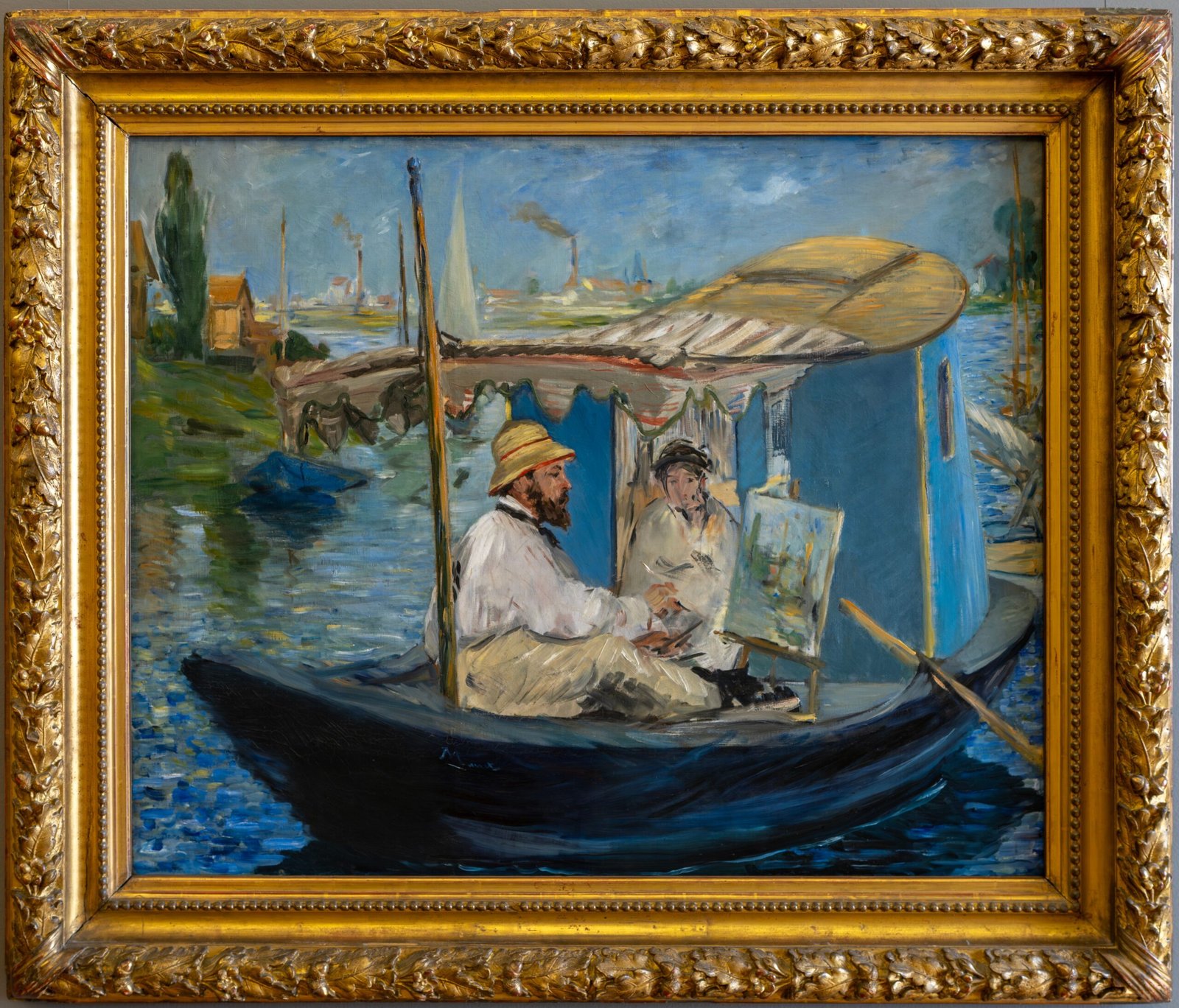
One of the most intriguing aspects of Ötzi’s story is the mystery surrounding his death. Initial theories suggested he succumbed to the harsh mountain environment. However, further examination revealed a more complex narrative. A deep wound on his shoulder, consistent with an arrowhead, suggests he was involved in a violent encounter. This discovery has led to speculation about the circumstances of his demise, painting a picture of a potentially tumultuous and dangerous era. Ötzi’s death remains a topic of debate and fascination among researchers.
Ötzi’s Tattoos: A Glimpse into Bronze Age Culture

Ötzi’s body is adorned with over 60 tattoos, offering a tantalizing glimpse into the cultural practices of his time. These tattoos are not merely decorative; they hold potential clues about ancient medical practices. Positioned over areas of the body associated with pain or injury, they suggest a form of therapeutic treatment, akin to modern acupuncture. This discovery sheds light on the medical knowledge and cultural beliefs of the Bronze Age, revealing a society that was more advanced than previously thought.
The Tools and Artifacts of Ötzi
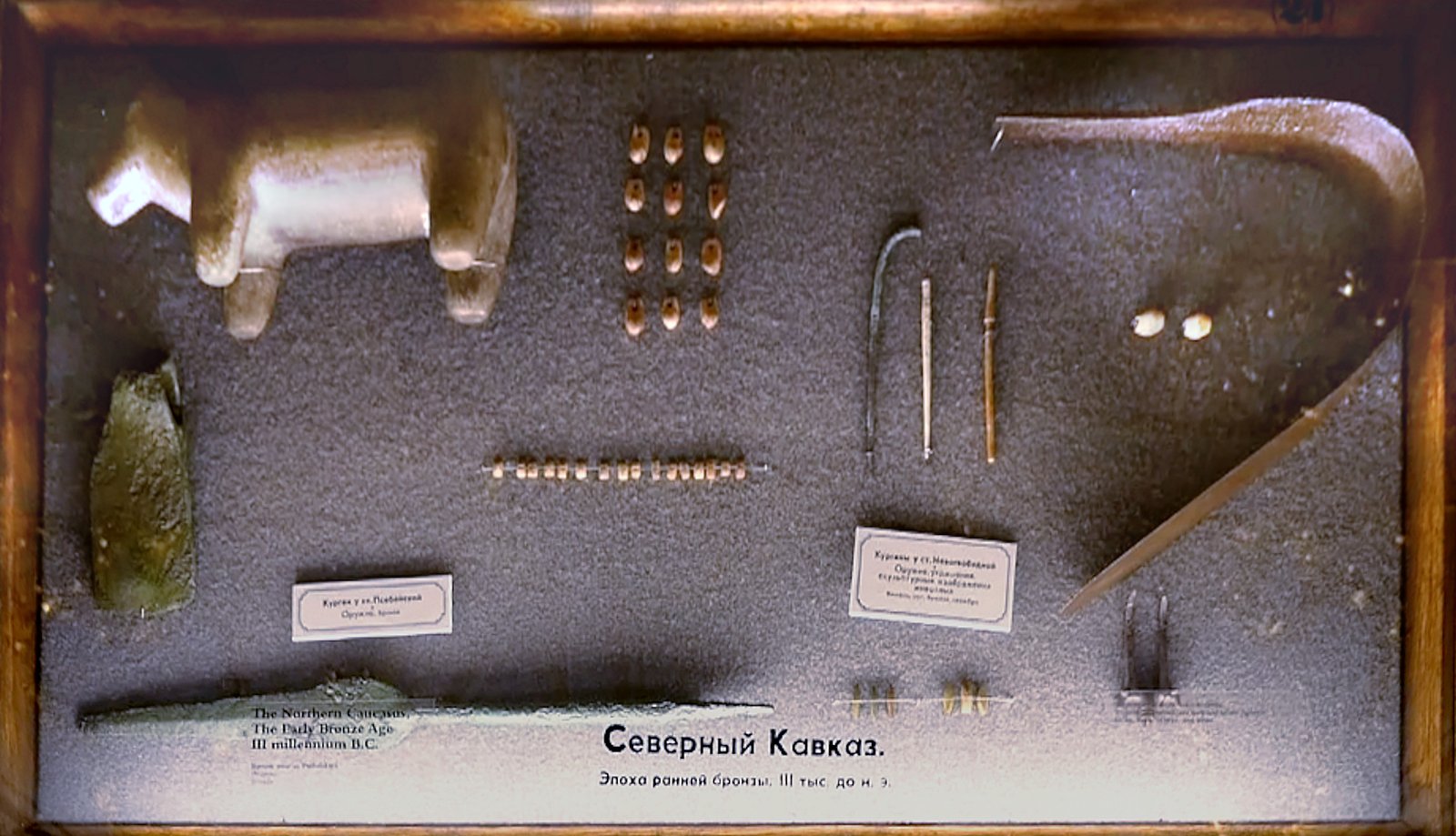
Ötzi was not alone in the ice; he was accompanied by a fascinating array of tools and artifacts. Among these were a copper axe, a flint knife, and a quiver of arrows. These items provide valuable insights into the technological capabilities and daily life of the Bronze Age. The presence of a copper axe, in particular, underscores the significance of metalworking during this period, marking a pivotal moment in human history. Ötzi’s tools offer a tangible connection to the skills and ingenuity of our ancient ancestors.
Ötzi’s Last Meal: A Culinary Time Capsule
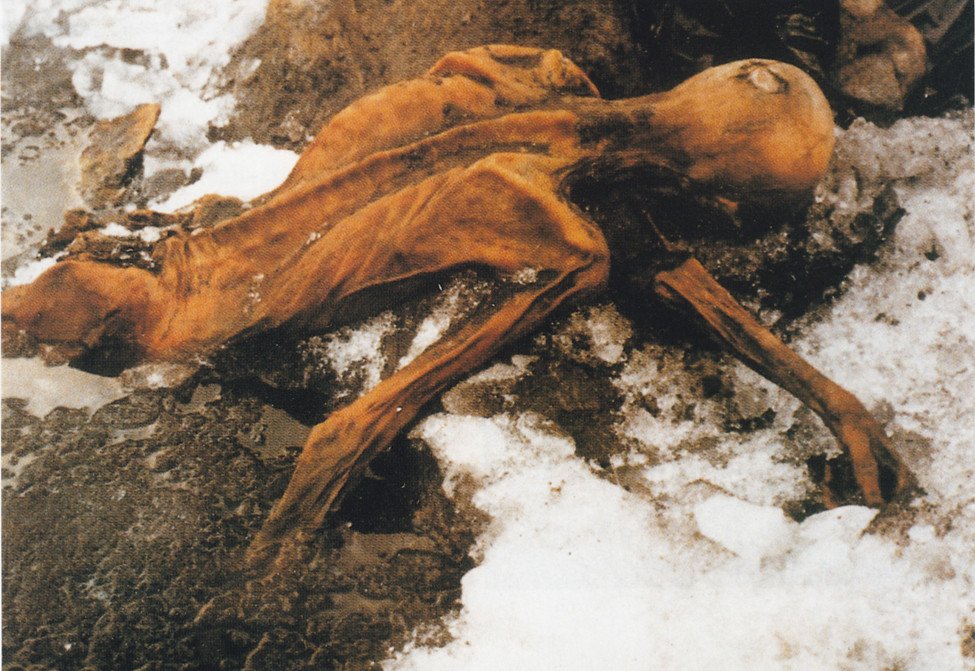
The contents of Ötzi’s stomach have been meticulously analyzed, revealing a snapshot of his final meal. Researchers found traces of grains, meat, and herbs, painting a picture of a diet rich in variety and nutrients. This discovery highlights the dietary habits and agricultural practices of the time, offering a glimpse into the culinary world of the Bronze Age. Ötzi’s last meal serves as a reminder of the interconnectedness of ancient societies and their reliance on the natural world for sustenance.
Genetic Insights from Ötzi’s DNA
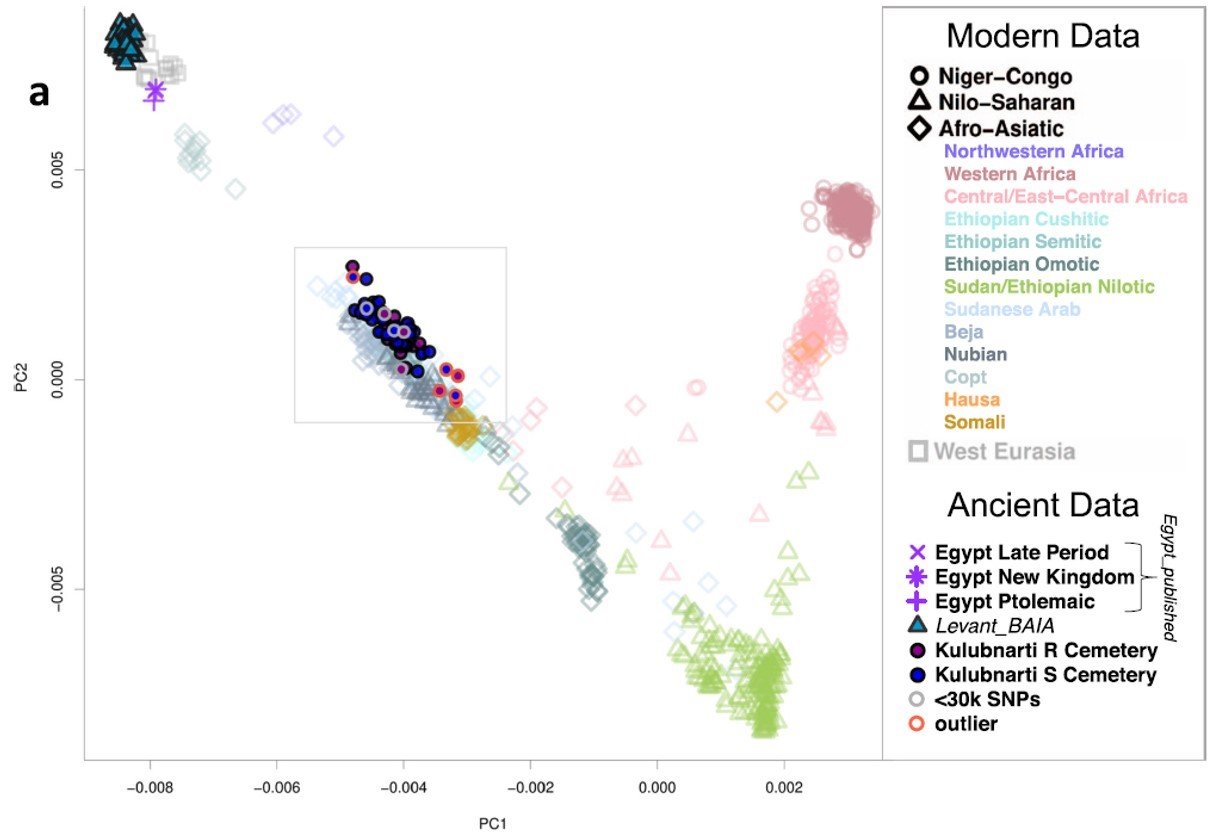
Ötzi’s DNA has been a treasure trove of information, providing insights into his genetic makeup and ancestry. Analysis of his genetic material has revealed links to modern populations in Europe, offering clues about ancient migration patterns. Additionally, researchers have identified genetic markers associated with certain health conditions, such as lactose intolerance and heart disease. This genetic information not only enhances our understanding of Ötzi’s life but also sheds light on the broader genetic landscape of the Bronze Age.
What Ötzi’s Clothing Tells Us

The clothing found with Ötzi is a testament to the resourcefulness and adaptability of Bronze Age societies. His attire, made from animal hides and plant fibers, reflects a deep understanding of the natural environment. The craftsmanship and design of his clothing suggest a society skilled in textile production and aware of the need for protection against harsh weather conditions. Ötzi’s garments offer a window into the fashion and functionality of ancient clothing, revealing a culture that balanced practicality with innovation.
The Legacy of Ötzi the Iceman
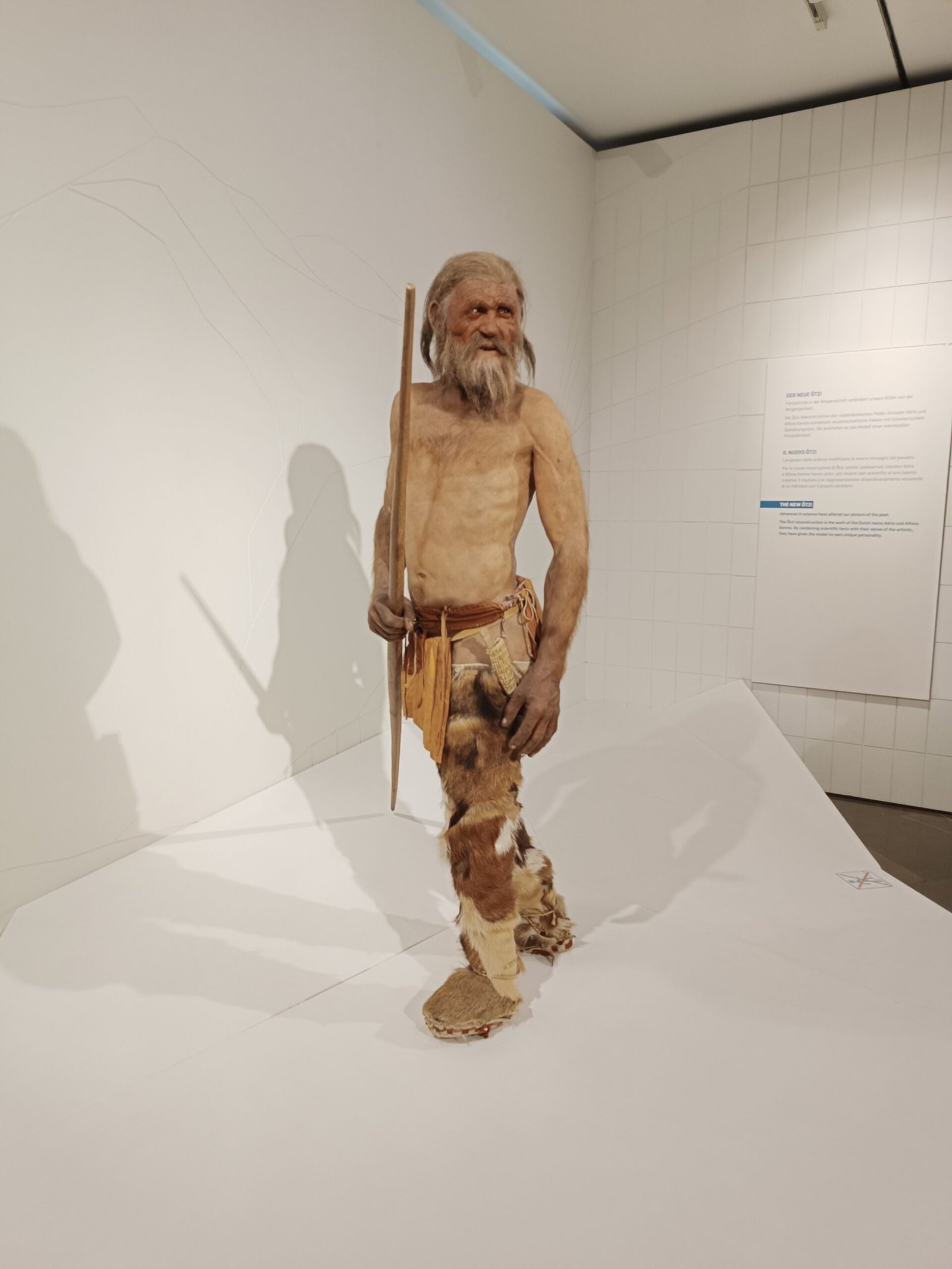
Ötzi’s discovery has had a profound impact on our understanding of the Bronze Age. His well-preserved body and artifacts have provided a wealth of information, challenging and expanding our knowledge of ancient societies. Ötzi’s legacy extends beyond the scientific community, capturing the imagination of people around the world. His story serves as a reminder of the enduring connection between past and present, sparking curiosity and inspiring further exploration of our shared human history.
Ötzi’s Impact on Modern Science
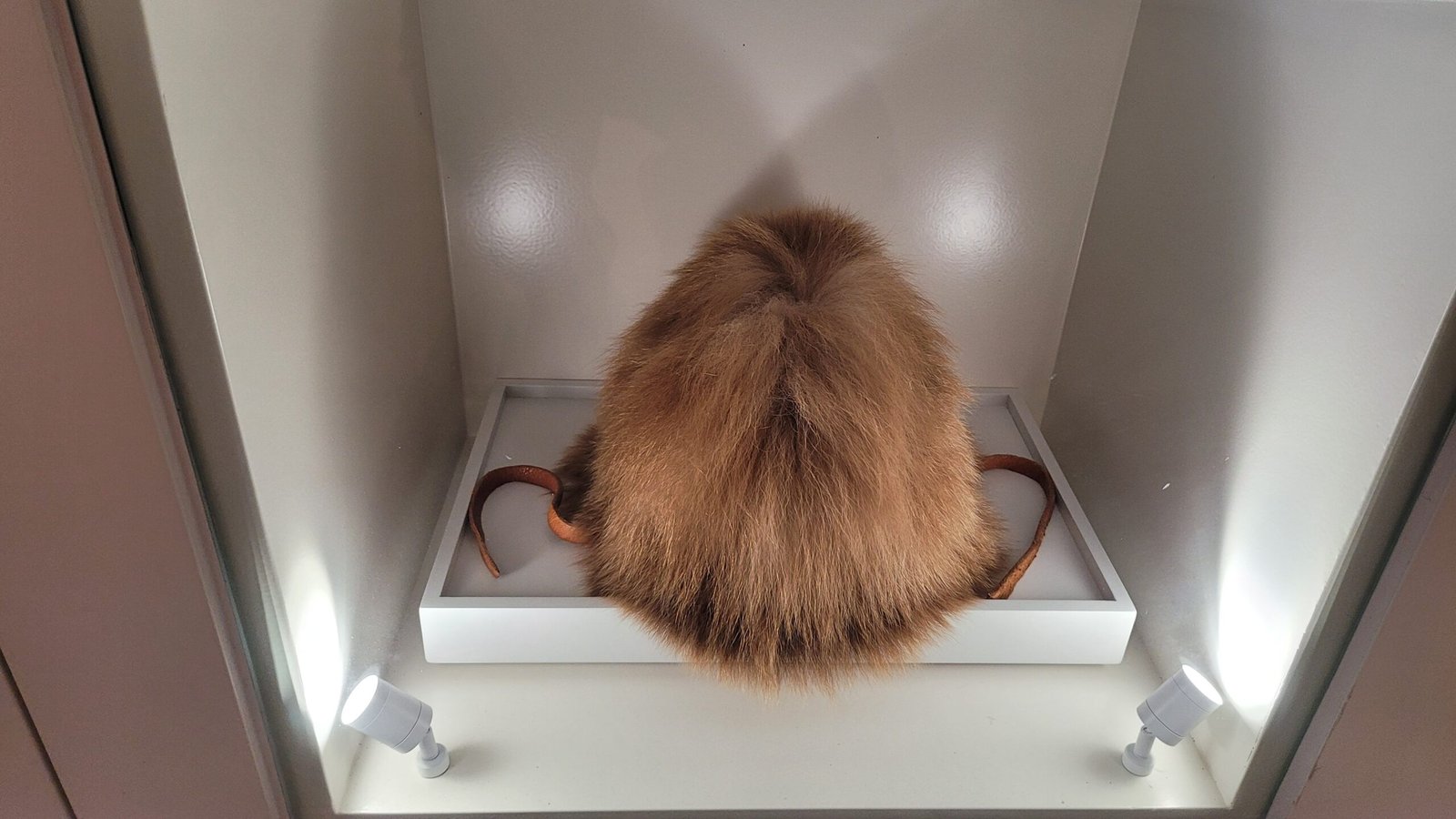
The study of Ötzi has revolutionized fields such as archaeology, anthropology, and genetics. His preservation has allowed for the development of new techniques and technologies, advancing our ability to study ancient remains. Ötzi’s case has also highlighted the importance of interdisciplinary collaboration, bringing together experts from various fields to unravel the mysteries of the past. The ongoing research into Ötzi’s life and death continues to push the boundaries of scientific inquiry, offering new insights and raising intriguing questions about our ancestors.
Ötzi the Iceman is more than just a frozen relic; he is a bridge to a distant past, a storyteller whose narrative continues to unfold. His discovery has transformed our understanding of the Bronze Age, revealing a world that was complex, dynamic, and remarkably familiar. As we continue to explore the mysteries of Ötzi’s life, we are reminded of the timeless nature of human curiosity and the enduring quest to uncover the secrets of our ancient ancestors. What other stories lie hidden in the ice, waiting to be discovered?




